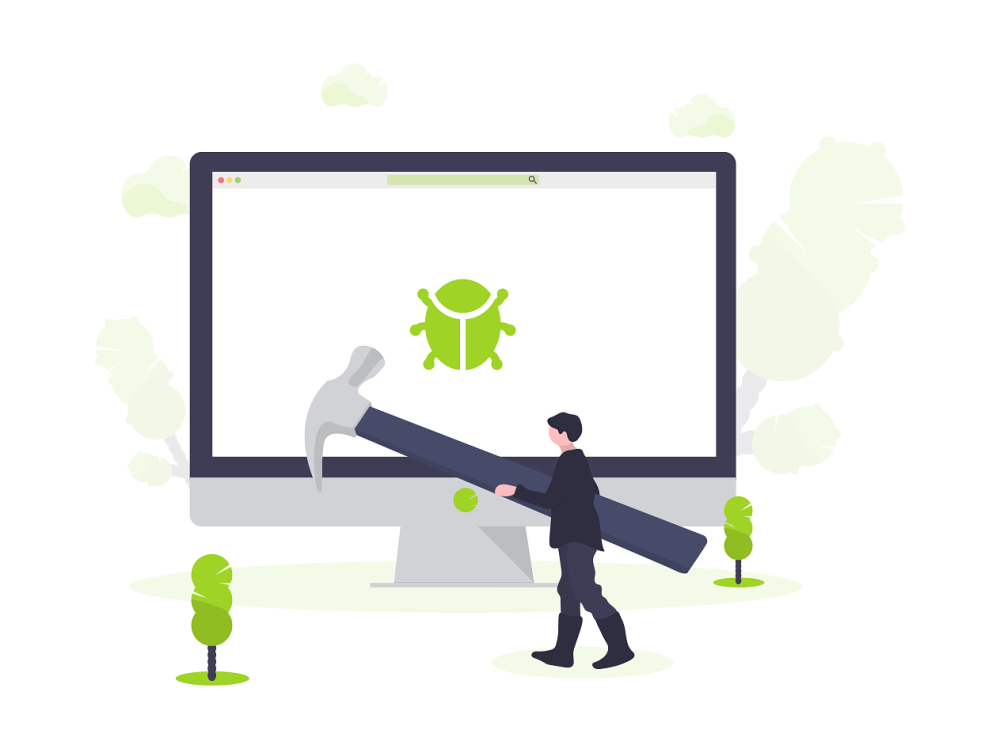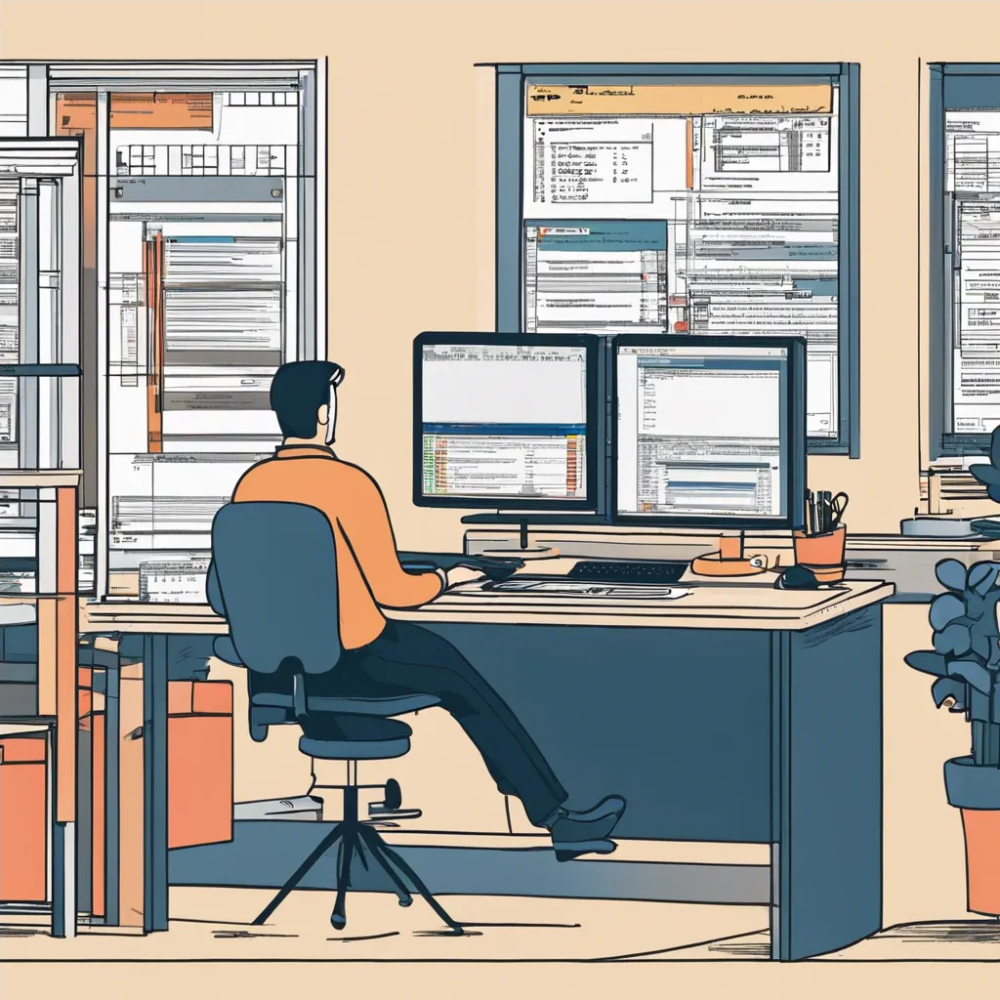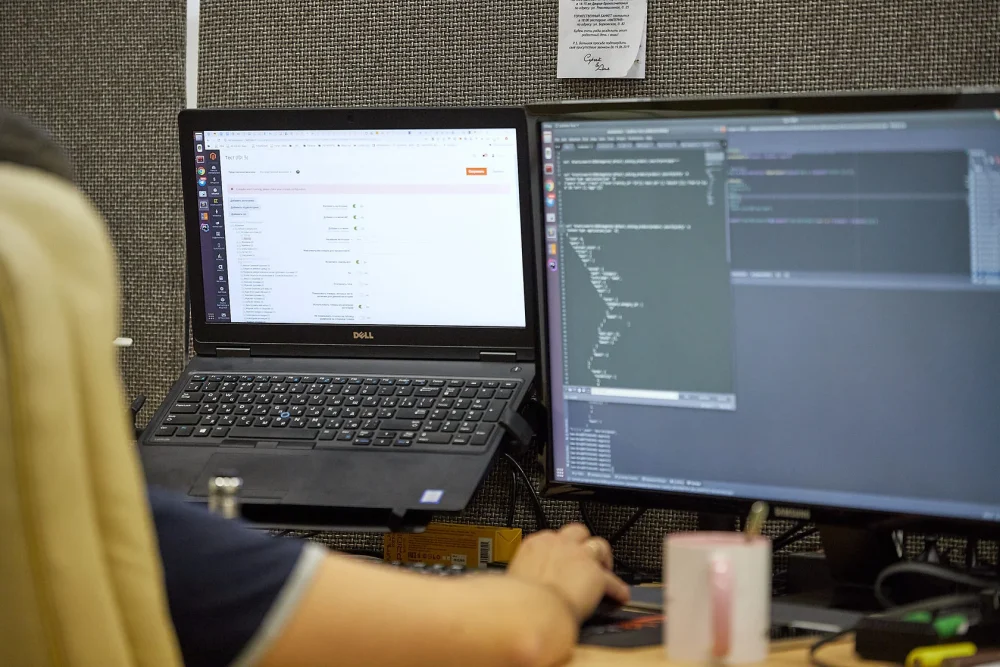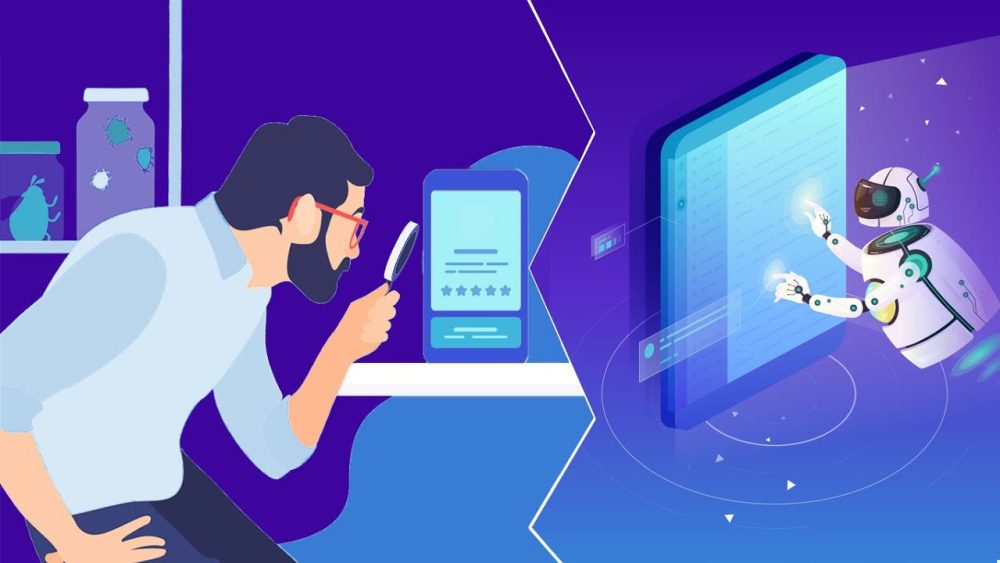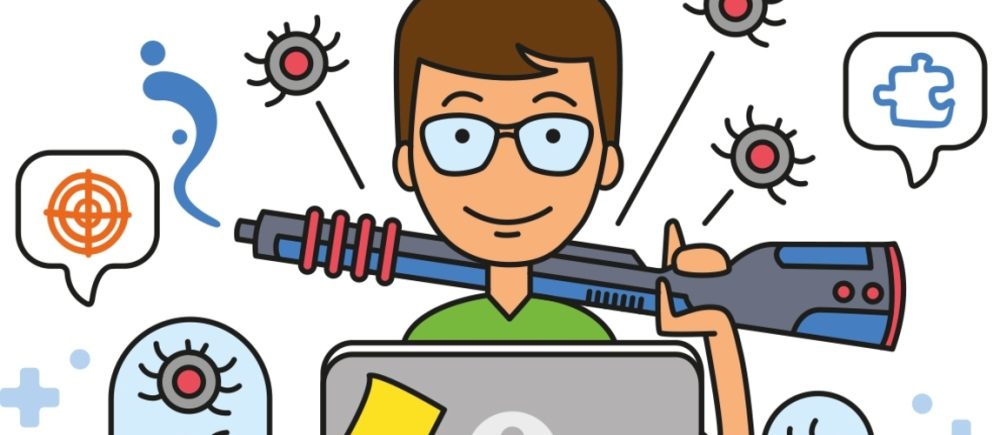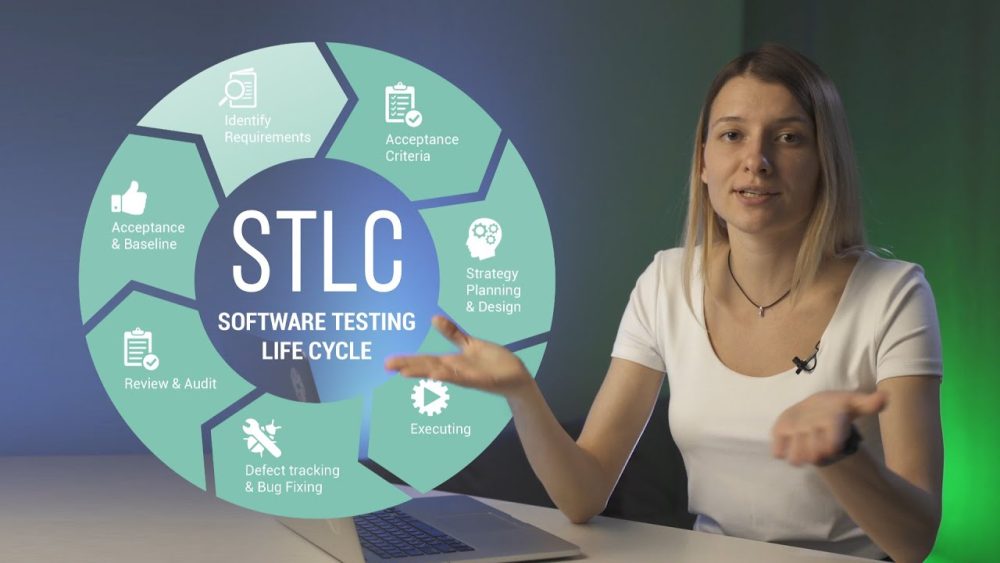Remote work has become the norm for many professions, and software testing is no exception. Working as a remote tester is attracting more and more specialists, as it offers a combination of flexibility and stable income. But how can you become a successful engineer, and how much can you earn in this niche? In this article, we will discuss all the advantages, ways to find clients, and current rates in the QA field.
Advantages of Remote Work for Software Tester Profession
Remote work provides many opportunities. You can work from anywhere in the world, without being tied to an office. This convenience, combined with the ability to choose projects that interest you, makes this niche truly attractive.

How to Find Clients as a Tester
It is not difficult to find remote work as a tester: in 2024, there are many platforms with job openings. Let’s take a closer look.
Remote Testing Jobs on Freelance Platforms
Freelance platforms are one of the main places to find work for specialized professionals. They offer the opportunity to choose projects based on your level and experience, which is especially valuable for beginners.
For those looking for orders outside of standard freelance platforms, you can pay attention to specialized communities and forums, as well as create a profile on freelance platforms for testers. It is also worth participating in professional communities, where you can make useful contacts and find clients directly.
How to Create a Resume
A tester’s portfolio for freelancing is your main tool for attracting clients. It is important to show real examples of tasks, describe projects you have been involved in, and the results of your work.
How to create a tester’s portfolio? Start with simple projects, take orders on freelance platforms, add cases and feedback from clients.
How Much Can a Remote Tester Earn
To understand how much you can earn, you should consider different specializations. The main types of testers are:
- Functional – checks if the program meets the stated requirements. This is one of the most common types of specialists who can work both manually and using automated tools.
- Automation Tester – creates and maintains tests for automated checks. This role requires a good knowledge of programming languages and relevant tools (such as Selenium, TestNG). The income of automation testers is usually higher than that of functional testers.
- Performance Engineer: Checks software for performance, observes how the system behaves under high load. Includes tests such as load testing, stress testing, and helps determine the system’s capabilities.
- Security Specialist – checks software for vulnerabilities and potential security threats. This is a highly demanded field, as companies strive to protect the data of their users. Professionals often have additional skills in cybersecurity.
- Usability Tester – checks the usability of software. The main goal is to ensure that the interface is intuitive and that interacting with the product does not cause difficulties for the user. This type becomes especially important for products aimed at mass users.
- Mobile Tester – specializes in testing applications for various platforms, such as Android and iOS. Specialists test functionality, performance, and ease of use.
- API Tester – checks the integrity of software interfaces. The professional must be able to analyze API specifications, test them using tools such as Postman, and automate API checks.
Thus, a remote tester can earn in different ways, depending on the specifics of their work. In general, income is influenced by experience, project complexity, and knowledge of specific tools. On average, the amount can range from 30 to 100 thousand rubles per month and higher, depending on the volume and level of qualification. Experienced specialists can earn even more.
How to Become a In-Demand Tester and Find Remote Work
To find remote work as a tester, start your career and achieve a stable income, follow these five tips:
- Learn the Basics of Software Testing: Understanding basic concepts such as functional, regression, and load testing is the foundation of successful work. Learning types of checks and their application is an important first step.
- Master Popular Tools: To increase your demand, start mastering automation tools such as Selenium, JUnit, and others. The more skills you acquire, the more opportunities open up.
- Create a Noticeable Portfolio: an important element of your professional profile. Add examples of projects, showcase your skills and results. Even educational projects can demonstrate your competence.
- Continue Learning: Technologies are evolving rapidly, so learning is the key to success. Attend courses, participate in webinars and practical training to maintain up-to-date knowledge.
- Participate in Professional Communities, such as Reddit and Stack Overflow, allow you to exchange experiences, find support, and develop contacts.
The IT market is constantly growing, and the demand for qualified specialists in the niche is only increasing. Regularly learning new testing tools and methods, participating in specialized courses and training helps maintain a high level of qualification.

Once you feel you have acquired all the necessary skills for a tester, start looking for remote work on the best freelance platforms. Upwork, Freelancer, Kwork will be real helpers for a beginner specialist.
Conclusion
Working as a remote tester is a great opportunity to combine the freedom of freelancing with professional growth in a high-demand field. With the right approach, you can find interesting projects, develop, and earn well. Start by creating a quality portfolio, register on freelance platforms, and continue learning – and you will definitely succeed in this profession.



